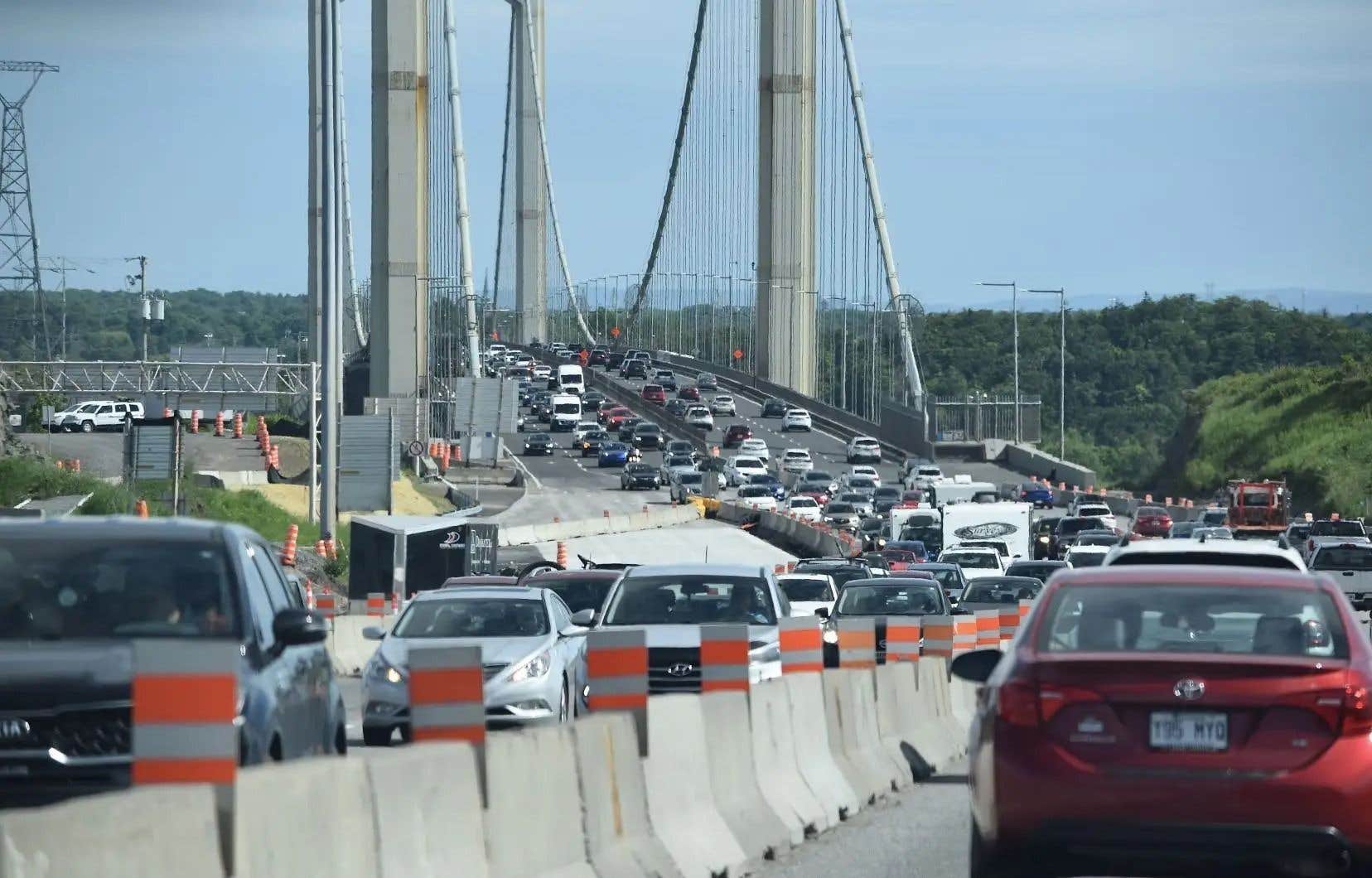Eight thousand pages of studies, reports, analyzes and summaries do not change the verdict: the missing information about the third link “denotes a lack of rigor in the management of the project”, according to a regular on major construction sites. civil engineering who accepted to peel, at the request of the Dutythe myriad of documents made public Thursday by the Ministry of Transport and Sustainable Mobility (MTMDQ).
“I’m disappointed,” loose Denis Leboeuf on the phone. A retired professor from Laval University, this expert in major civil construction sites, designer of the course devoted to this field at the Department of Science and Engineering, expected more information by browsing through the 8,000 pages of studies that the government had always refused to open up to the public eye — until this week’s about-face.
“In terms of the technical design and construction of the tunnel, they are not at all advanced, notes the professor, retired since 2020. For a party that makes it its hobbyhorse, personally, that disappoints me. »
Denis Leboeuf notes that information, nearly six years after the Coalition avenir Québec (CAQ) took power, remains incomplete. “Normally, it takes two to twenty-four months to carry out an opportunity study in Quebec. There, it’s been six years and there is nothing: it is inexcusable, in my eyes. Perhaps not inexcusable, he changes his mind, but incomprehensible. »
“We run a province, we should have the means to move a project forward. They are the ones who control the steering wheel, somewhere. That there was nothing, adds the expert, I do not understand. »
According to professor at the École de technologie supérieure (ETS) Jonathan D. Aubertin, it is clear that the MTMDQ will have to carry out other drilling, “simply to refine the data”. “With this kind of data, it would currently be very difficult for an engineer to use this information, as it is, to make a design,” says the expert in rock mechanics and construction project planning.
Mr. Leboeuf also notes that essential information for this type of project is lacking. “There is no paraseismic data” he gives as an example. It is however a determining factor: an earthquake can occur, a climatic event too. »
The geotechnical report indicates that the thickness of the rock makes it possible to dig a tunnel there. However, notes Denis Leboeuf, there is no data on the characterization of the ground under the Saint-Charles River that a possible tunnel will have to cross to end in the vicinity of Expo-Cité.
“The question on the Quebec side is: how is this exit in the ground going to be approached? adds Mr. Aubertin.
Mr. Leboeuf, however, refuses to throw stones at the engineering firms hired to produce the reports. “What has been done is very, very good. In many respects, it is even remarkable. It is less what is in the reports that causes problems than the absence of other essential reports. For me, it is inconceivable that at this stage, there is nothing, for example, on the design of the tunnel! »
His colleague at the ETS brings a caveat. “Of course, each project has its own challenges and aspects, but technically speaking, depending on the geotechnics measured, it is doable. There are no geotechnical reasons, according to what I see, to say that there would be a big, big, big problem which would prevent us from making a tunnel”, estimates Mr. Aubertin.
Not just traffic
Professor Leboeuf notes that the government has devoted a lot of energy to calculating ridership. However, notes the expert, nowhere is there a comparative study of the other solutions. Ditto for the economic benefits so vaunted by the caciques of the CAQ, who swore a few months ago that the third motorway link was a condition for the emergence of a “second metropolis”.
The government has put a lot of emphasis on traffic studies, concludes Denis Leboeuf. It is important, “house does not build a tunnel or a bridge, he slices, to reduce the traffic time from 23 to 19 minutes”.
“The government rules Quebec and the third link will determine the future of eastern Quebec for the next 100 years. However, there is nothing on the relevance of a third link for the economy of Beauce or Chaudière-Appalaches, yet powerhouses of industry. I expected third link studies to be “state of the art”,beyond the standards, he concludes. This is not the case. »
With Francois Carabin
